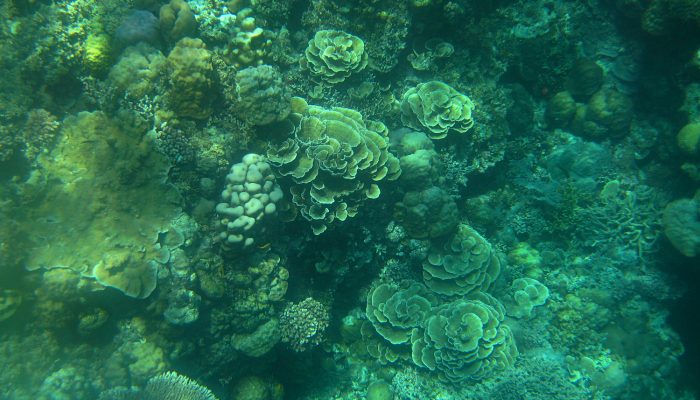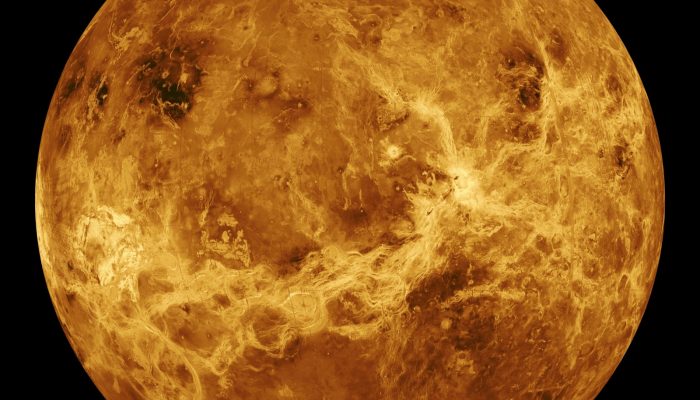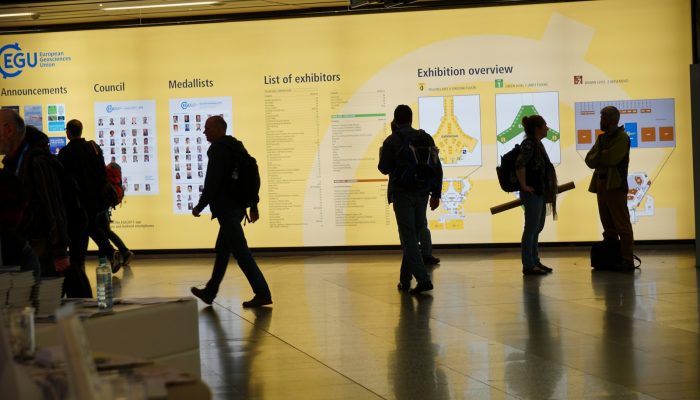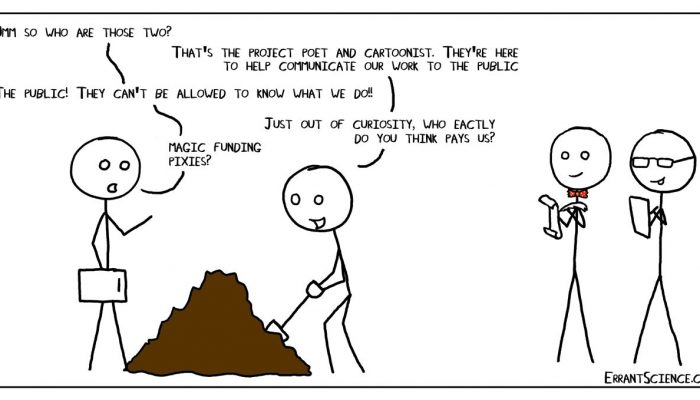Yesterday (Wednesday, April 12, 2018), the first ever Geodynamics 101 short course at EGU was held. It was inspired by our regular blog series of the same name. I can happily report that it was a success! With at least 60 people attending (admittedly, we didn’t count as we were trying to focus on explaining geodynamics) we had a nicely filled room. Surprisingly, quite some geodynamicists wer ...[Read More]
Geology for Global Development
Weighing up the pros and cons of artificial coral reefs
The world’s oceans cover 71% of the Earth’s surface and contain 97% of Earth’s water. They play a key role in the climate cycle and, though perhaps not always visibly, are suffering significantly under our changing climate. An place where we can see the alarming effects of rising temperatures and increasingly acidic waters is coral reefs, which experienced the longest, most widespread, and possibl ...[Read More]
GeoLog
At the Assembly 2018: Thursday Highlights
Welcome to the fourth day of General Assembly excitement! Once again the day is packed with great events for you to attend and here are just some of the sessions on offer. You can find out more about what’s on in EGU Today, the daily newsletter of the General Assembly – grab a copy on your way in or download it here. Union-wide sessions The Union-wide session of the day focuses on the Cassini miss ...[Read More]
GeoLog
How to make a planet habitable
Exoplanets without plate tectonics could harbour life, contrary to previous belief For a planet to be habitable, it needs a stable climate. On Earth, the movement of tectonic plates ensures old crust is recycled and new crust is created and weathered. This cycling of rock consequently overturns the planet’s carbon, which keeps the climate in check. While we have plate tectonics on Earth, many othe ...[Read More]
GeoLog
Head on over to the EGU Booth!
You can find the EGU Booth in Hall X2 on the Brown Level. This is the place to come if you’d like to meet members of EGU Council and Committees (Meet EGU) and find out more about EGU activities. Here you can discover the EGU’s 17 open access journals, browse the EGU blogs (GeoLog, the EGU Blog Network and the EGU Division Blogs), catch up on the conference Twitter feed, and more! We will also be g ...[Read More]
GeoLog
At the Assembly 2018: Wednesday Highlights
We’re halfway through the General Assembly already! Once again there is lots on offer at EGU 2018 and this is just a taster – be sure to complement this information with EGU Today, the daily newsletter of the General Assembly, available both in paper and for download here. Union-wide Sessions Today’s Union-wide session reflects on fifty years of international ocean drilling (US4: 08:30–12:00 ...[Read More]
GeoLog
Explore the Exhibition at EGU 2018!
Don’t forget to visit the Exhibition at the European Geosciences Union General Assembly! Exhibition booths for companies, publishers, scientific societies and many more are scattered throughout the Brown (basement), Yellow (ground floor), and Green (first floor) Levels of the Austria Center Vienna. See the General Assembly website for a full list of who’s attending and where to find them. Make sur ...[Read More]
Geodynamics
Live reporting from EGU GA 2018
As per usual (I mean, we reported Nethermod, right?), the EGU Geodynamics blog team will be reporting live from the 2018 edition of the EGU General Assembly. So, if you cannot attend this year: do not despair! We will keep you in the loop! Look out for updates on the social geodynamics events organised by our ECS GD representative Adina Pusok, interviews with attendees and updates on major session ...[Read More]
GeoLog
At the Assembly 2018: Tuesday Highlights
Welcome back to the second day of the 2018 General Assembly! Today is packed full of excellent sessions, and this list of highlights is by no means comprehensive! Make sure you complement this information with EGU Today, the General Assembly newsletter, to get the most out of the conference – grab a copy on your way in or download it here. Union-wide Events Today’s Union-wide session highlig ...[Read More]
GeoLog
The Assembly documented through art!
For the first time, the General Assembly will be documented by EGU’s very own artists in residence! Sam Illingworth, Science Communication Lecturer at Manchester Metropolitan University (UK), and Matthew Partridge, Senior Research Fellow at Southampton University (UK), have been busy this week producing poems and cartoons to share their conference experiences and communicate science. Why not ...[Read More]










